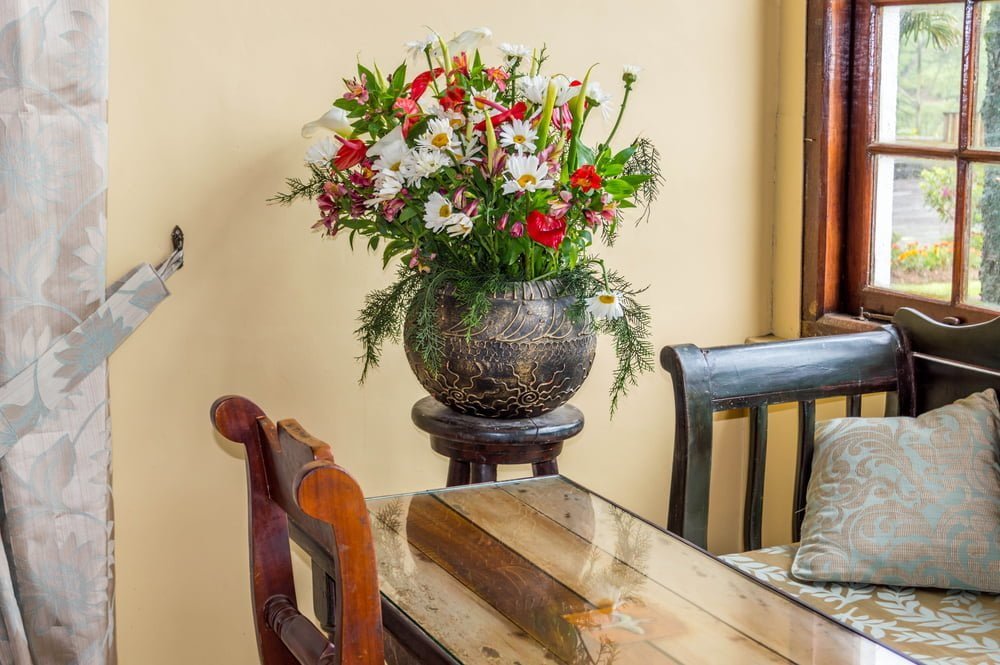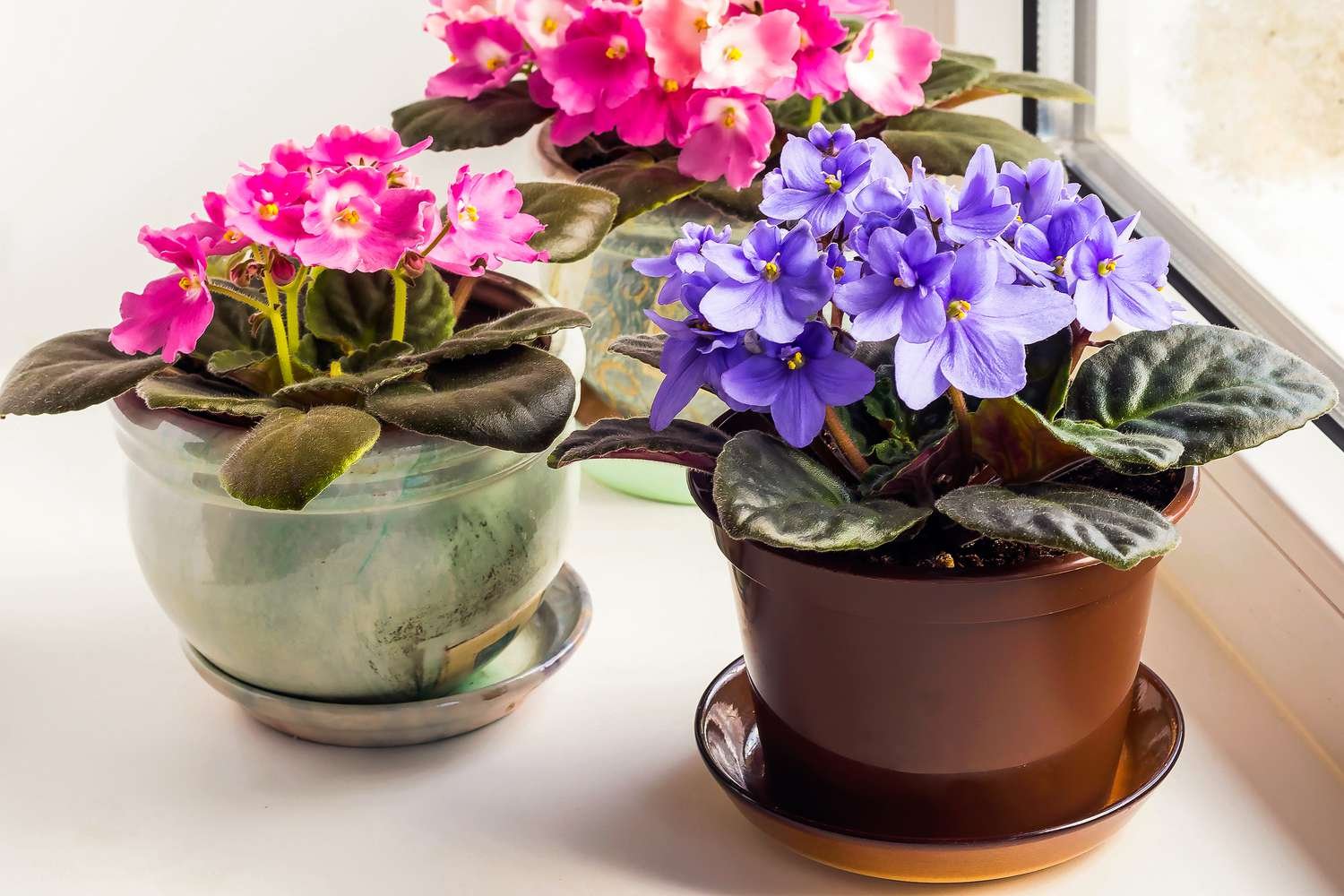Growing flowers indoors is easier than you think. With the right approach, you can enjoy beautiful blooms year-round.
Indoor gardening brings nature inside. This can brighten your home and improve your mood. Whether you live in an apartment or a house, growing flowers indoors is possible. It’s about choosing the right plants and providing the right conditions. Light, water, and soil are key factors.
But don’t worry, you don’t need to be an expert. With some basic knowledge, anyone can succeed. Ready to create your own indoor garden? Let’s explore how you can grow stunning flowers indoors.
Choosing The Right Flowers
Growing flowers indoors can be a delightful and rewarding experience. Choosing the right flowers is crucial for a successful indoor garden. Different flowers have unique needs and not all are suitable for indoor environments. Selecting the right varieties will ensure vibrant blooms and healthy plants.
Best Varieties For Indoors
Some flowers thrive better indoors than others. Here are some of the best varieties for your indoor garden:
- African Violets: They bloom year-round and are easy to care for.
- Peace Lilies: Known for their beautiful white flowers and air-purifying properties.
- Orchids: Require minimal maintenance and produce stunning blooms.
- Begonias: Offer colorful flowers and can grow well in low light.
- Jasmine: Provides a lovely fragrance and attractive white flowers.
Considerations For Climate
Indoor climate plays a significant role in the health of your flowers. Consider the following factors:
| Factor | Consideration |
|---|---|
| Light: | Most flowers need bright, indirect light. Use grow lights if necessary. |
| Temperature: | Maintain a consistent temperature between 65-75°F (18-24°C) for most flowers. |
| Humidity: | Many indoor flowers prefer higher humidity levels. Use a humidifier if needed. |
| Soil: | Use well-draining soil specific for indoor plants. Avoid waterlogging. |
:strip_icc()/calamondin-orange-fdf10c07-b6b133559b694c3c9a8b9073ec164389.jpg)
Credit: www.bhg.com
Preparing The Soil
Preparing the soil is the first step to growing beautiful indoor flowers. The right soil mix and nutrients will help your flowers thrive. Let’s dive into the types of soil mixes and how to add nutrients.
Types Of Soil Mixes
Choosing the right soil mix is crucial for indoor flowers. Use a light, well-draining soil. This helps prevent root rot. Potting soil is a popular choice. It provides good drainage and aeration. Cactus mix is another option. It drains quickly and keeps roots dry. Avoid garden soil. It is heavy and may carry pests.
Adding Nutrients
Indoor flowers need nutrients to grow strong. Start with a balanced fertilizer. Look for one with equal parts of nitrogen, phosphorus, and potassium. Add organic matter like compost or worm castings. These improve soil quality and provide slow-release nutrients. Check your soil pH. Most flowers prefer a pH between 6 and 7. Adjust it with lime or sulfur if needed.
Selecting The Containers
Choose containers with good drainage for growing indoor flowers. Ensure they are the right size for your plants. This helps them thrive.
Growing flowers indoors can be a rewarding experience. One key to success is choosing the right containers. The correct container helps flowers thrive by providing enough room for roots and proper drainage.Ideal Pot Sizes
Choosing the right pot size is crucial. Small pots work well for young plants and small flowers. Large pots are better for mature plants with deeper roots. Ensure the pot is deep enough for the plant’s root system. This allows the roots to spread and grow strong.Drainage Solutions
Proper drainage is essential for indoor plants. Without it, roots can rot. Choose pots with drainage holes at the bottom. If your pot doesn’t have holes, add a layer of stones or pebbles. This helps excess water drain away from the roots. Using a saucer under the pot can catch this water, keeping your indoor area clean. Selecting the right containers ensures your indoor flowers have room to grow and access to needed nutrients. With proper pot size and drainage, your flowers can flourish indoors. “`Lighting Requirements
Flower growth indoors requires proper lighting. Provide 12-16 hours of bright, indirect sunlight daily for healthy blooms. Consider using LED grow lights for best results.
Growing flowers indoors requires proper lighting. Light is essential for photosynthesis. It helps plants grow strong and healthy. Indoor plants need a mix of natural and artificial light. Knowing the right type and amount of light is crucial.Natural Vs. Artificial Light
Natural light comes from the sun. Place your plants near windows to get enough sunlight. South-facing windows are ideal. They provide the most light. East and west-facing windows work too. But they get less light. Artificial light can also help. Use grow lights for the best results. LED grow lights are popular. They provide the right spectrum for plant growth. Fluorescent lights are a good option too. They are energy-efficient and affordable.Positioning Your Plants
Place your plants in the right spot. They need enough light to thrive. Avoid putting them in dark corners. Rotate your plants regularly. This ensures all sides get light. Keep plants away from direct heat sources. These can dry out the soil. Also, avoid cold drafts. They can harm your plants. Check the light levels often. Adjust the position if needed. Proper lighting helps flowers bloom indoors. Pay attention to their needs. They will reward you with beautiful blooms. “`Watering Techniques
Watering is essential for growing flowers indoors. The right amount of water keeps plants healthy. Too much or too little can harm them. Let’s explore the best watering techniques.
Frequency Of Watering
Check the soil before watering. If the top inch is dry, it’s time to water. Different flowers need different amounts. For most, watering once a week is enough. In winter, plants need less water.
Use room temperature water. Cold water can shock the roots. Warm water can make them wilt. Water slowly and deeply. This helps roots grow strong. Avoid splashing water on leaves. It can cause spots and mold.
Signs Of Overwatering
Overwatering is a common mistake. It can drown the roots. Look for yellow leaves. They are a sign of too much water. Wilting leaves can also mean overwatering.
Check the soil. If it feels soggy, you are watering too much. Also, mold on the soil surface is a bad sign. Reduce watering and let the soil dry out. This can save your plant.
:max_bytes(150000):strip_icc()/flowering-indoor-plants-lovely-blooms-cyclamen-getty-0523-ea4a13dd4c124e6d85e1795929443d26.jpg)
Credit: www.marthastewart.com
Fertilizing Indoor Flowers
Fertilizing indoor flowers is a key step to ensure their healthy growth. Proper fertilization provides essential nutrients that may not be present in potting soil. Knowing how to choose and apply the right fertilizer can make a big difference in the appearance and health of your indoor flowers.
Choosing The Right Fertilizer
Selecting the right fertilizer for indoor flowers is crucial. Indoor plants need a balanced fertilizer. Look for a fertilizer with equal parts nitrogen, phosphorus, and potassium. This is usually indicated as 10-10-10 or 20-20-20 on the label. Different plants have different needs. Make sure to check the specific needs of your flowers. Some might need a fertilizer with a higher nitrogen content.
Liquid fertilizers are often recommended for indoor plants. They are easy to mix and apply. They also provide quick results. Organic fertilizers are another option. They release nutrients slowly and improve soil quality over time. Always read the instructions on the package. This ensures you give the right amount to your plants.
Application Methods
There are several ways to apply fertilizer to indoor flowers. The most common method is watering with liquid fertilizer. Mix the liquid fertilizer with water according to the instructions. Water your plants with this mixture. Do this every two weeks during the growing season. Another method is using slow-release granules. Sprinkle the granules on the soil surface. The granules release nutrients over time as you water the plants.
Foliar feeding is another option. This involves spraying a diluted fertilizer solution directly onto the leaves. The leaves absorb the nutrients quickly. This method is useful if your plant is showing signs of nutrient deficiency. Always follow the recommended dosage to avoid over-fertilizing. Over-fertilizing can harm your plants. It can cause root burn and other issues. Keep an eye on your plants. Adjust the fertilization schedule as needed.
Controlling Pests
Keep indoor flowers healthy by managing pests effectively. Regularly inspect plants for signs of insects. Use natural remedies like neem oil to keep pests at bay.
Growing flowers indoors can be a rewarding hobby. But pests can ruin your hard work. Controlling pests is essential to keep your flowers healthy. Let’s explore some common indoor pests and natural methods to control them.Common Indoor Pests
Indoor plants can attract many pests. Some common ones include aphids, spider mites, and fungus gnats. Aphids are small, soft-bodied insects that suck plant sap. Spider mites are tiny and can cause yellowing leaves. Fungus gnats are small flies that thrive in moist soil. These pests can damage your plants and spread diseases.Natural Pest Control Methods
Using natural pest control methods is safe for your plants. One effective method is neem oil. Neem oil disrupts the life cycle of pests. You can also use insecticidal soap. It suffocates small insects like aphids and spider mites. Another option is introducing beneficial insects. Ladybugs and predatory mites feed on pests. Keeping your plants clean can also help. Wipe the leaves with a damp cloth to remove dust and pests. Maintaining proper watering is crucial. Overwatering can attract fungus gnats. Let the soil dry out between waterings. This prevents gnats from laying eggs. Using sticky traps can catch flying pests. Place yellow sticky traps near your plants. These methods can keep your indoor flowers pest-free. Happy gardening! “`
Credit: millcreekgardens.com
Pruning And Maintenance
Pruning and maintenance are crucial for growing flowers indoors. These activities ensure your plants remain healthy and vibrant. Proper care can prevent diseases and encourage new growth. Let’s explore some effective techniques and tips.
Pruning Techniques
Pruning helps remove dead or dying parts of the plant. Use clean, sharp scissors to make neat cuts. Focus on cutting just above a leaf node. This encourages new growth. Remove yellow or brown leaves to keep the plant healthy. Prune regularly for the best results.
Regular Maintenance Tips
Check your plants daily for signs of stress. Water them when the soil feels dry. Avoid overwatering, as it can cause root rot. Provide adequate light, either natural or artificial. Rotate the pots occasionally for even light distribution. Dust the leaves with a soft cloth. This keeps them clean and aids in photosynthesis. Fertilize the plants every few weeks. Use a balanced, water-soluble fertilizer. Follow the instructions on the package for the best results.
Conclusion
Growing flowers indoors can be a rewarding experience. Follow the right steps. Ensure proper lighting, water, and care. Choose the right plants for your space. Use good quality soil and containers. Regularly check for pests and diseases. Enjoy the beauty and freshness flowers bring.
With patience and attention, your indoor garden will flourish. Keep learning and experimenting. Happy gardening!





